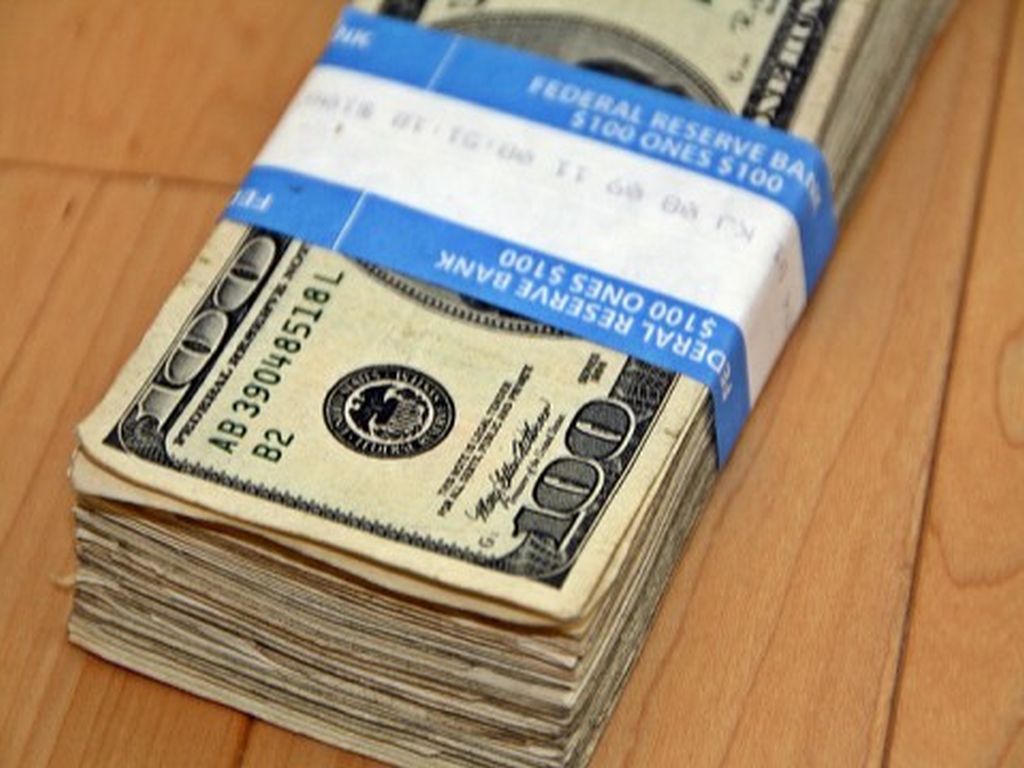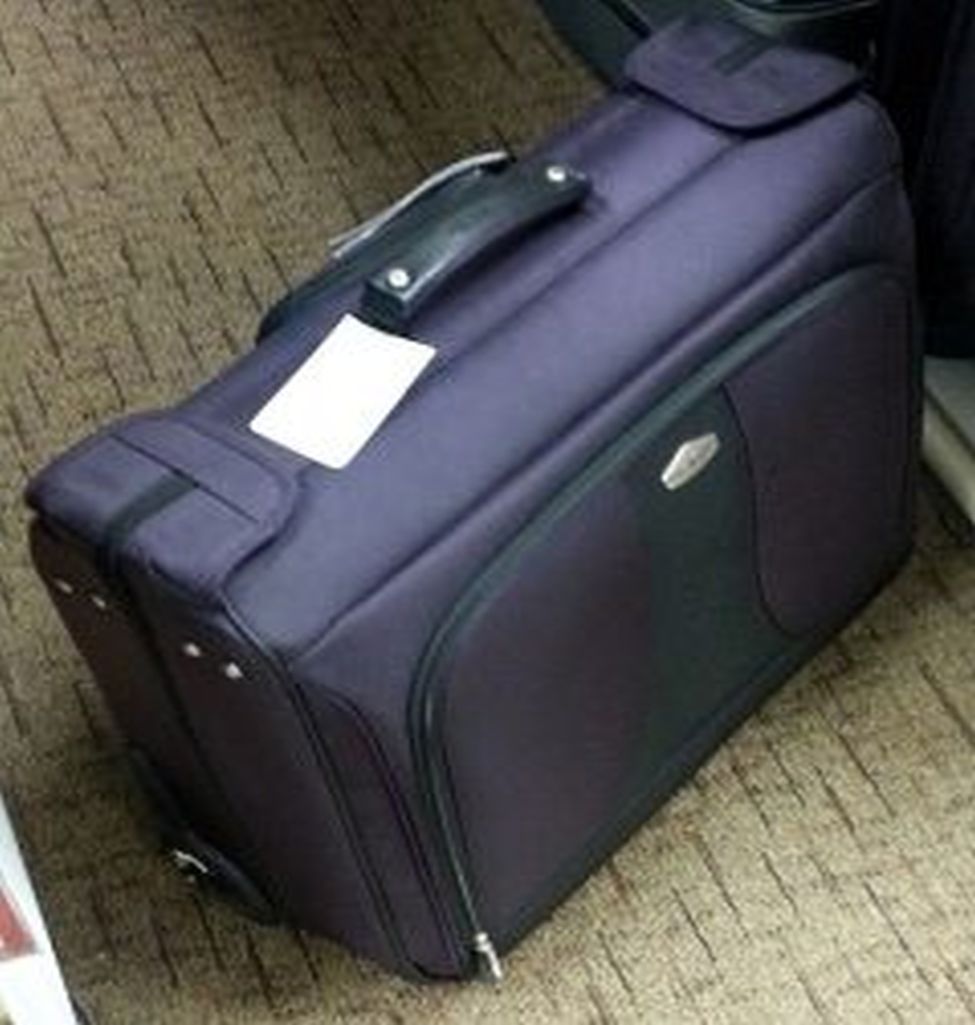When you’re working on the road, you’re entitled to a meal per diem. Every once in a while if you’re an independent contractor you might decide that you’d rather not accept that because you’d rather use your receipts to write off for expenses instead. Is that a good move or not?
To get to this question you have to start with the knowledge that you only get to write off half of your meals. So, if you spend $50 a day on meals, you only get to write off $25.
It turns out that, unless you’re working in an area where your meals are very expensive, you can actually benefit by accepting the meal allowance, no matter what the rate is.
For instance, in 2014, the expense rates were $259 as a high rate and $172 as a low rate based on where you’re working. This equates to roughly $35 or $25 a day for meals. Just so you know, this normally includes what’s known as “incidental expenses”, which means tips and things like that.
So, let’s take the lower rate. Basically, by average it’s expected that most people would spend around $4, $7 for lunch and $9 for dinner, which comes to $20. Anything you spend over that, including that extra $5, is on you.
The question to ask yourself if how often you might go over the $50 a day amount while you’re on the road.
Let’s say that you work Monday through Thursday. Most probably you leave on Sundays so you can work Monday morning, and you leave late on Thursday or early Friday morning. You only get paid for meal per diems when you stay overnight, which means you’d get paid for Sunday through Wednesday. That’s about $100.
If you’re flying at least 5 hours in a day your costs might be higher because airport food is expensive; even lunch could cost you $20. So, on a travel day, you might spend closer to $40. That’s still less than the $50.
If you decided to eat out one day a week during 4 days your dinner might cost you $40. If you balanced everything else out for the day your total meal for that day would be over $50.
Even with two travel days in the mix you’d end up slightly better with the meal per diem.
Say you stay two full weeks. With the lower meal per diem, you could possibly come out way ahead. A way of looking at things is that anything not covered by the meal per diem is considered an allowed expense. If you know how to budget your money, and you’re staying in a room where you have at least a refrigerator, you could end up on the positive end because you might spend less than what your per diem gives you, and all your other expenses can be written off your taxes in full.
So, the recommendation overall would be to accept the meal per diem, even if it’s on the low end. Many years ago, when you had to turn in receipts, it wasn’t such a luxury because companies would sometimes balk at paying for meals they felt were extravagant, and that would cause unneeded conflict. These days, where they don’t track anything like that for convenience, you can spend your money however you want to.
Has this been something you’ve wondered about? If so, hopefully we’ve alleviated some of that consternation.

